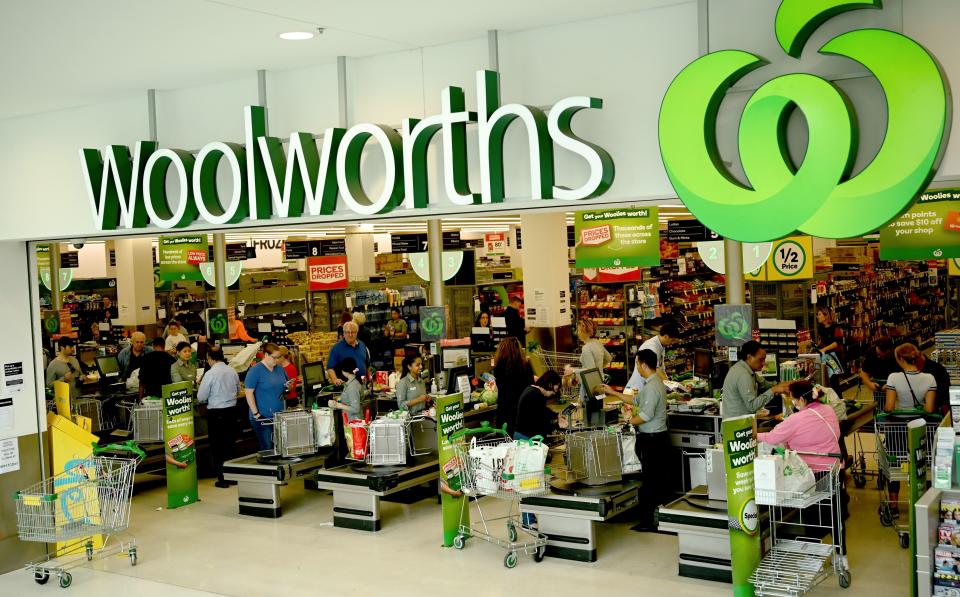1,300 jobs on the line as Woolworths automates roles

Australia’s largest supermarket chain, Woolworths, will make as many as 1,350 workers redundant as it moves to automate its distribution centres.
The automated regional distribution centre and semi-automated national distribution centre are expected to open by 2023.
The two facilities will replace three existing facilities in Minchinbury and Yennora in New South Wales and Mulgrave in Melbourne. The Minchinbury facility currently employs 515 people, while Mulgrave employs 298 and Yennora emplos 540 people.
In a statement to the ASX, Woolworths said the decision to develop the facilities will “regrettably impact a number of roles”. The company expects redundancy payments to total $176 million with redundancies to occur up to 2025.
Woolworths Group expects the new facilities to provide 1,000 jobs during construction and 650 jobs once they’re up and running.
“While this change is a few years away, we’re absolutely committed to supporting our team members at existing sites through what will undoubtedly be a challenging transition,” Woolworths chief supply chain officer Paul Graham said Graham said.
“We explored options to upgrade our existing sites, but the ageing infrastructure just won’t be able to support the growth in volumes we’ll need to service in the years ahead.
“We’ll look to offer redeployment opportunities wherever possible with 650 roles available at the new Moorebank sites, as well as providing a wide range of support and career transition services to our team well before site closures.”
The Transport Workers’ Union offered support to affected staff, with NSW branch secretary Richard Olsen saying it would help workers transition.
“It is not an easy thing for workers to hear that in five years time their place of work will no longer exist. But the TWU stands ready to help workers move on and use their skills and experience in other roles. The move towards automation in transport is closing down some areas of work but opening up others as the overall demand is expanding,” Olsen said.
“In NSW there will be redeployment for some workers to Moorebank and, through the supply chain charter we have with Woolworths, we will be working with them to ensure safety and fairness in the new facilities for all transport workers.”
He said the benefit is workers will have time to prepare for the store closures.
“Our union has a deep understanding of the transport supply chain and can assist workers in moving on to other sectors. We will be working hard to help workers move into other logistics sectors in the transport supply chain,” he added.
Underpayments scandal continues
Woolworths’ underpayment bill also increased to $390 million after the Group discovered more underpayment in its hotels division.
Those team members weren’t paid in line with the 2018 and 2019 financial year general hospitality award, pushing the underpayment price tag up by another $75 million.
Woolworths first revealed the underpayments in October 2019, when the bill was expected to be somewhere between $200 million and $300 million.
Follow Yahoo Finance Australia on Facebook, Twitter, Instagram and LinkedIn.

 Yahoo Finance
Yahoo Finance 
